What is SWIM?
SWIM is the answer to achieving global interoperability and service orientation in air traffic management
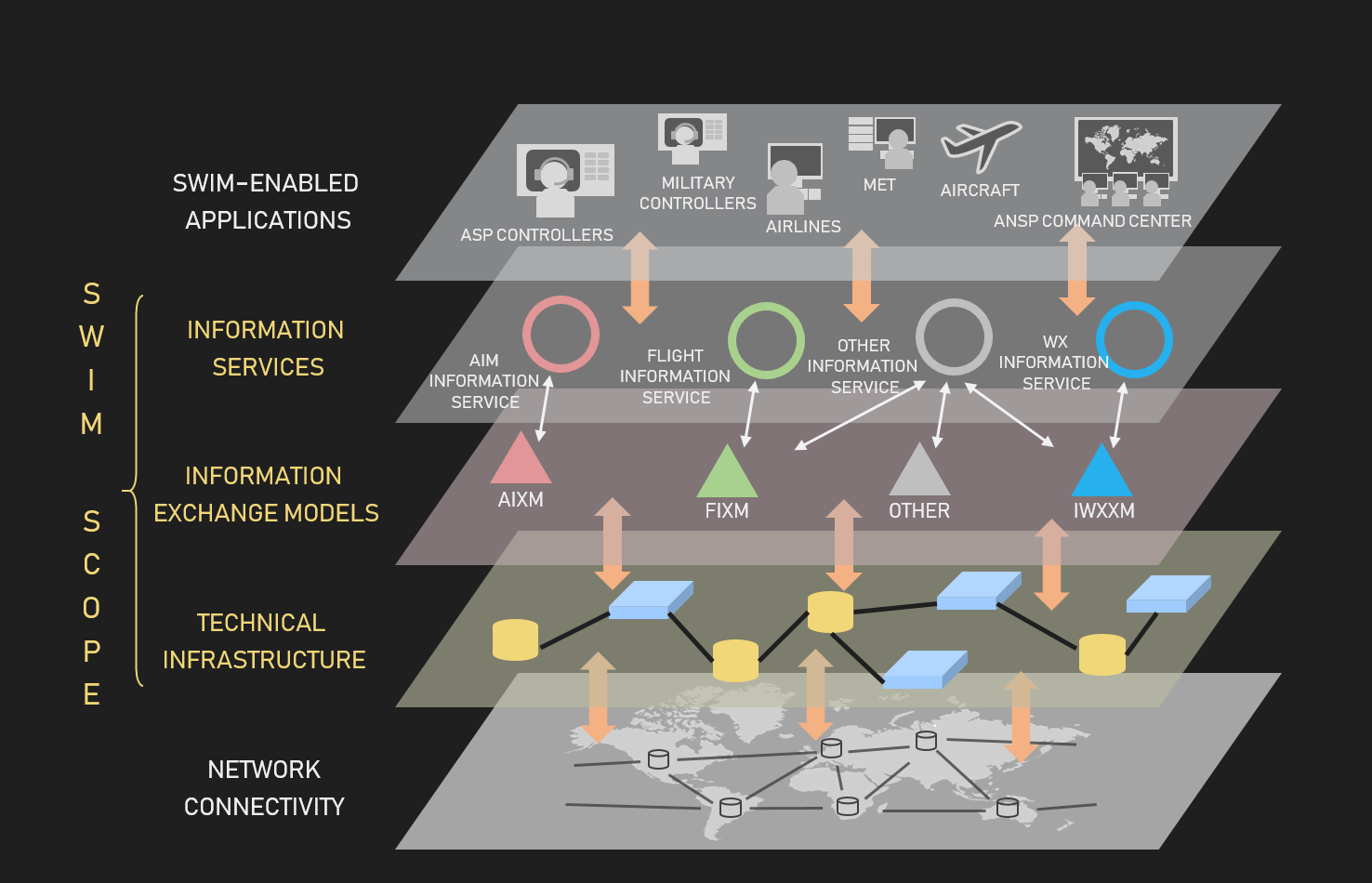
Global interoperability
A key objective for the ATM community is to put in place an interoperable global air traffic management system.
Interoperability is defined as the ability of information and communication technology (ICT) systems and of the business processes which they support to exchange data and to allow the sharing of information and knowledge.
System-wide information management (SWIM) allows seamless information access and interchange between all providers and users of ATM information and services.
Service orientation
Service orientation brings modularity, reusability and other best practices from the ICT world to ATM.
Whilst there is no formally agreed definition of SOA (service-oriented architecture), partitioning of functionality into unassociated, self-contained and therefore reusable services which can be discovered by potential consumers is considered to be a key feature which discriminates SOA from more traditional architectural paradigms.
The SOA paradigm has been used successfully in many industries, including manufacturing, banking, health care, and merchandise retailing.
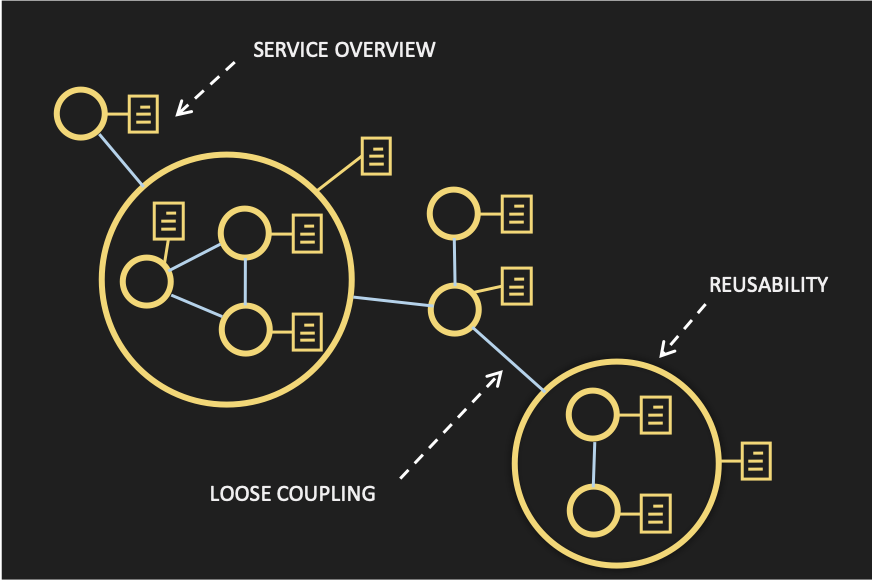
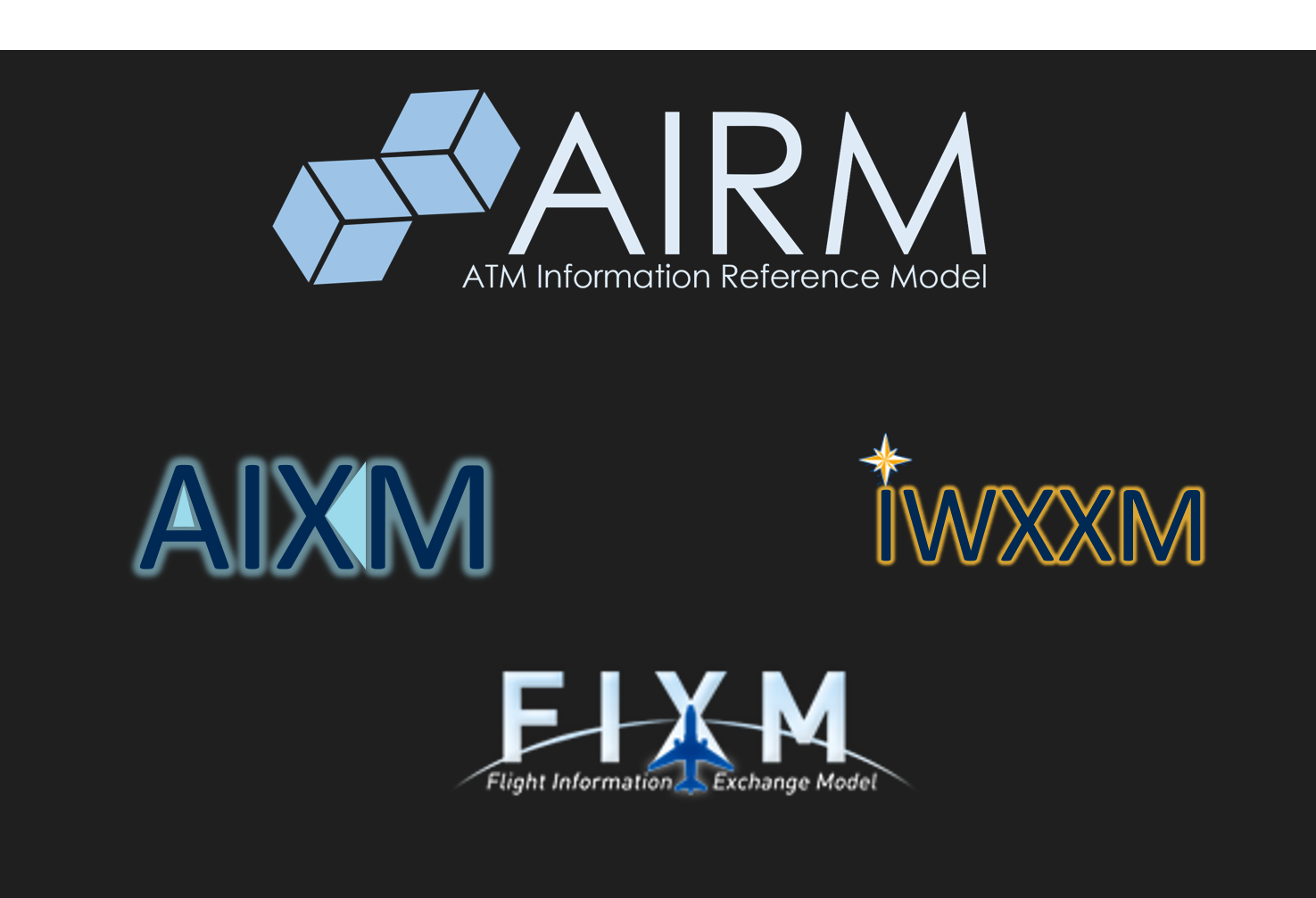
Common standards
The AIRM (ATM Information Reference Model) is the reference vocabulary for defining air traffic management information.
Information exchange models such as AIXM, FIXM and IWXXM provide syntax and semantics. These are elements which are key to allowing interoperability.
In addition, the EUROCONTROL SWIM Specifications provide a framework for the development and assessment of SWIM services.
Information services
Information services are a form of interaction between organisations. they are the means by which organisations exchange information with other organisations.
The method by which each information service is described and communicated to other organisations is key to ensuring a common understanding of the information service, content and interfaces, and also the governance policies which the information service follows.
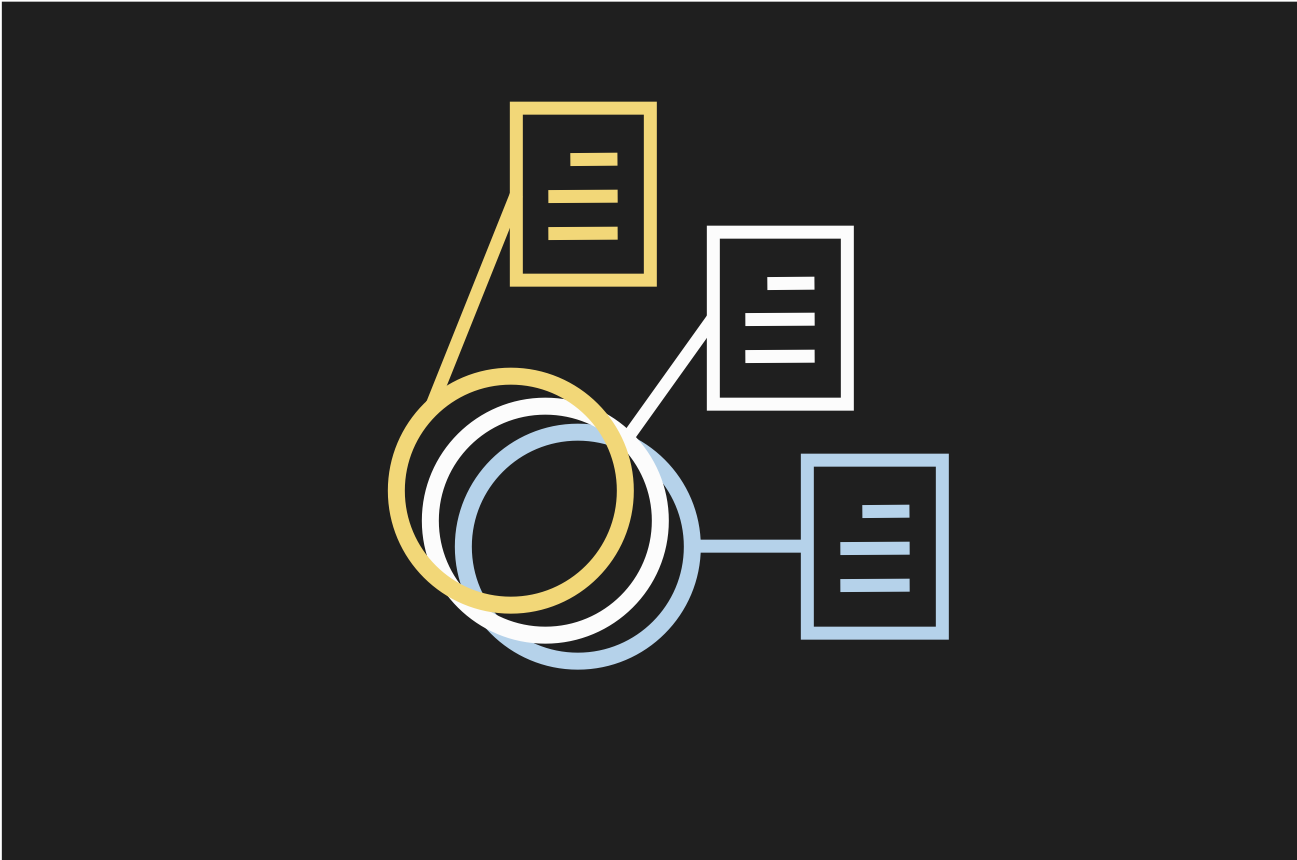

Information
Information service providers/consumers should have a common understanding of:
- the meaning of the information in an information service payload; and
- the encoding of the data in an information service payload.
The various SWIM standards and recommended practices set out requirements regarding information in order to improve the way in which it is defined, encoded and exchanged, and on the quality of the information itself.
Technical infrastructure
SWIM operates via a technical infrastructure (either ground/ground or air/ground or both) to exchange ATM related information.
The SWIM technical infrastructure (TI) allows the implementation of interfaces between systems, providing technical capabilities for the secure, high-performance and reliable exchange of information.

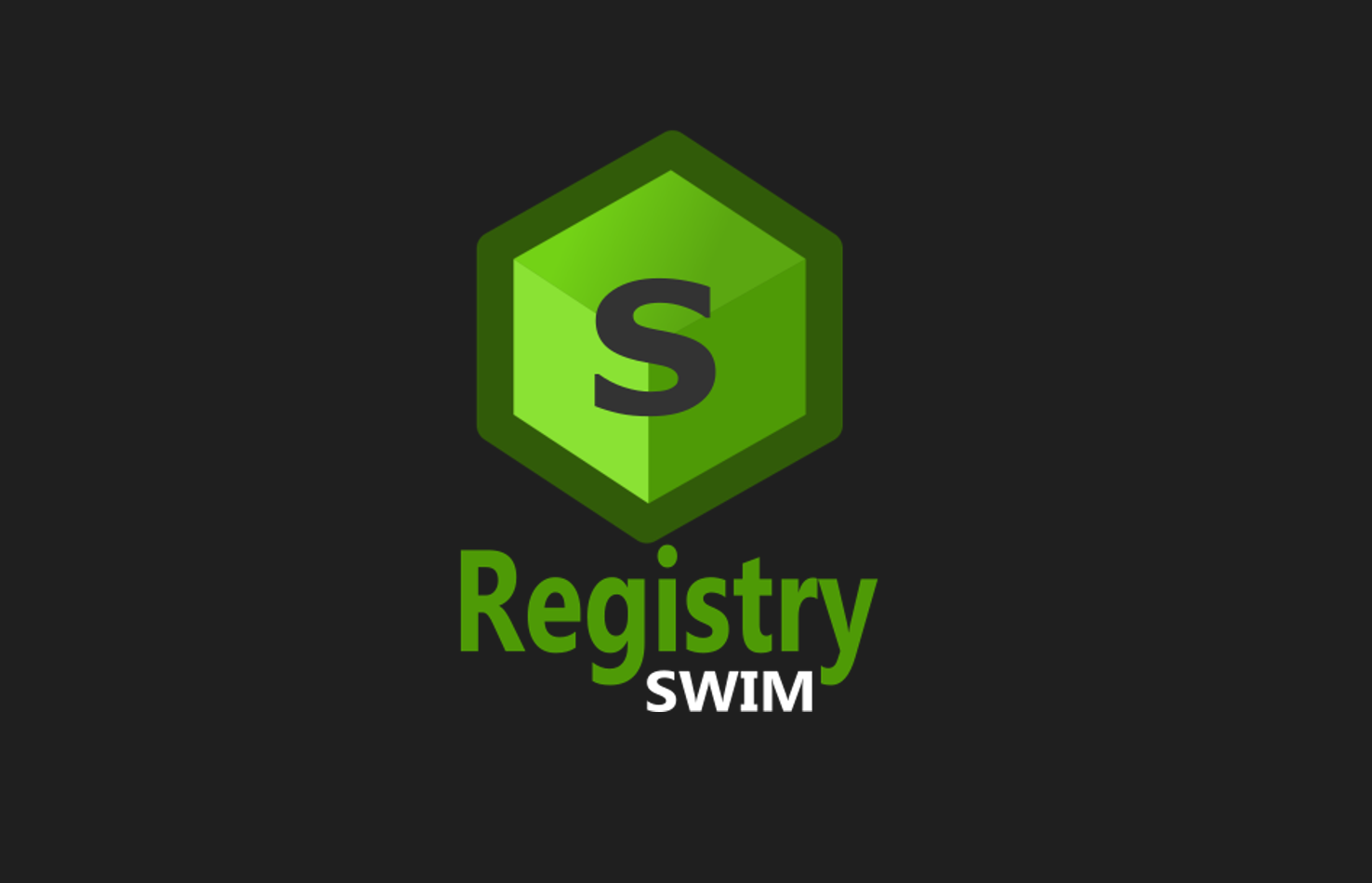
SWIM service registries
SWIM service registries are directories of information which support the discovery of SWIM services.
SWIM service registry use a formal registration process to store, catalogue and manage information about services.
How to get into SWIM
The purpose of this website is to help you understand the basics of SWIM. Go ahead and explore!
What is SWIM
A page to answer the big question. Enter here and dive in
Essentials
The essentials of SWIM constitute the key concepts which make SWIM possible.
Knowledge
A set of dedicated articles to clarify key topics.
Resources
SWIM-savvy experts wil find useful materials in the resources area.